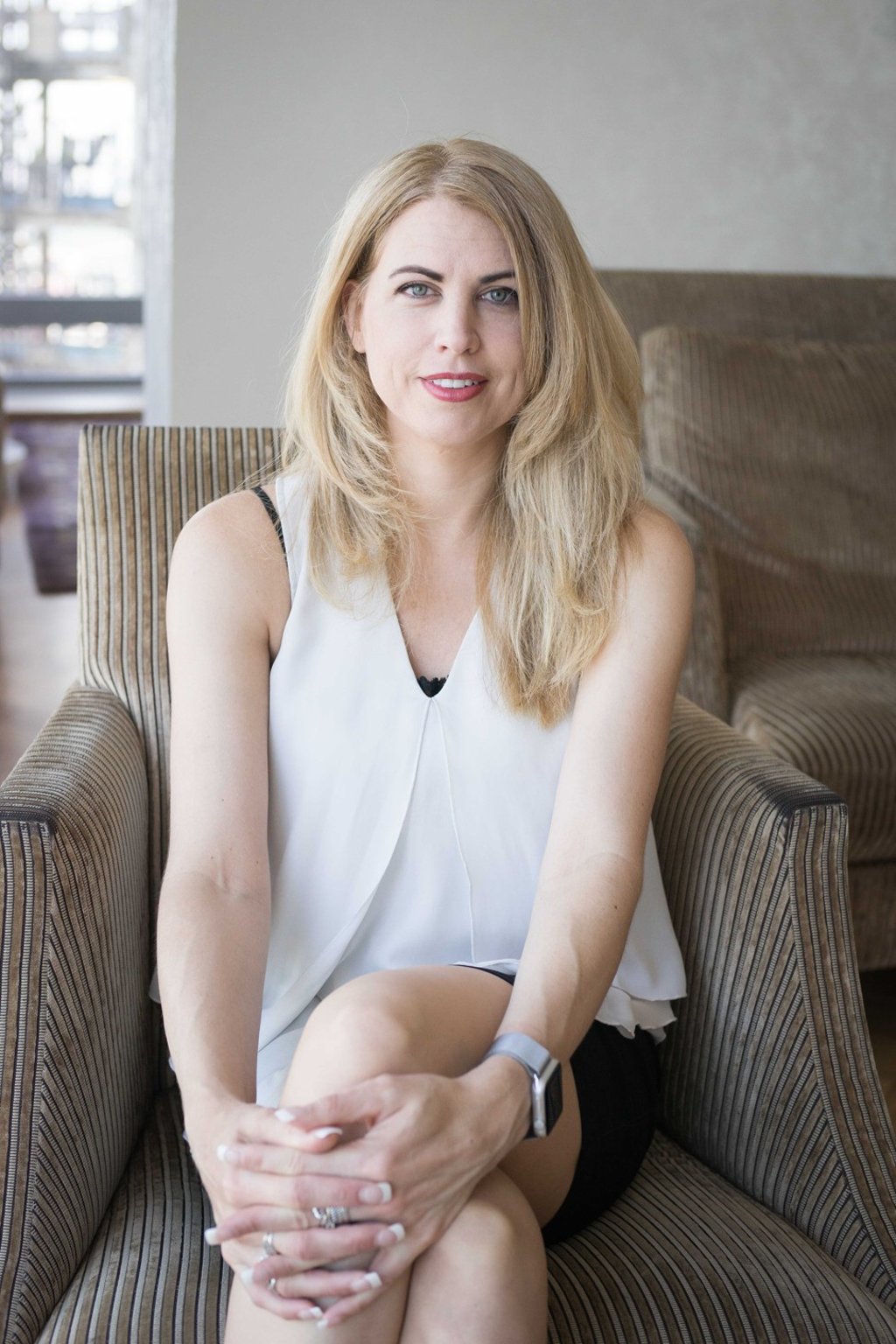Biotech boss backing gene therapy to solve ageing crisis seeks injection of urgency, but scientists preach patience
Experimenting on herself didn’t go down well with scientists, but Elizabeth Parrish is convinced gene therapy can increase the length and quality of our lives, and wants early approval for treatments to stem ‘planet’s biggest killer’

Elizabeth Parrish is a proponent of controversial ideas. Rankled by barriers to trials on potential life-enhancing treatments, she used herself as a guinea pig and says the results have borne fruit – but she has irked the science community in the process.
The CEO of Seattle-based BioViva, a biotechnology company that focuses on developing gene therapies to slow the ageing process, revealed that in September 2015 she flew to Colombia and tried two experimental gene therapies on herself. Six months later, BioViva claimed the experiment was a success against ageing and that the treatment lowered the biological age of Parrish’s immune cells by 20 years.

Telomeres also allow the cell and its DNA to divide until it experiences cell death, which scientists believe contributes to ageing. This also shortens telomeres. The gene therapy that Parrish took encourages cells to produce telomerase, a protein that repairs them.
Parrish’s actions caused a stir within the industry, mainly because BioViva had not done the pre-clinical work needed to progress to human studies or testing. Neither did the US Food and Drug Administration authorise Parrish’s rogue experiment as “patient zero” (as she likes to call it) – hence the trip to Colombia. But Parrish denies her actions were reckless.
How staggering advances in DNA testing help our lifestyle choices
“As a matter of fact, not intervening in one’s health is more reckless because we already know how we’ll die,” she told the Post at a conference about ageing and longevity in Hong Kong. “We can actually use this powerful technology to treat what we call complex disease, which is many of the diseases of childhood and ageing.”